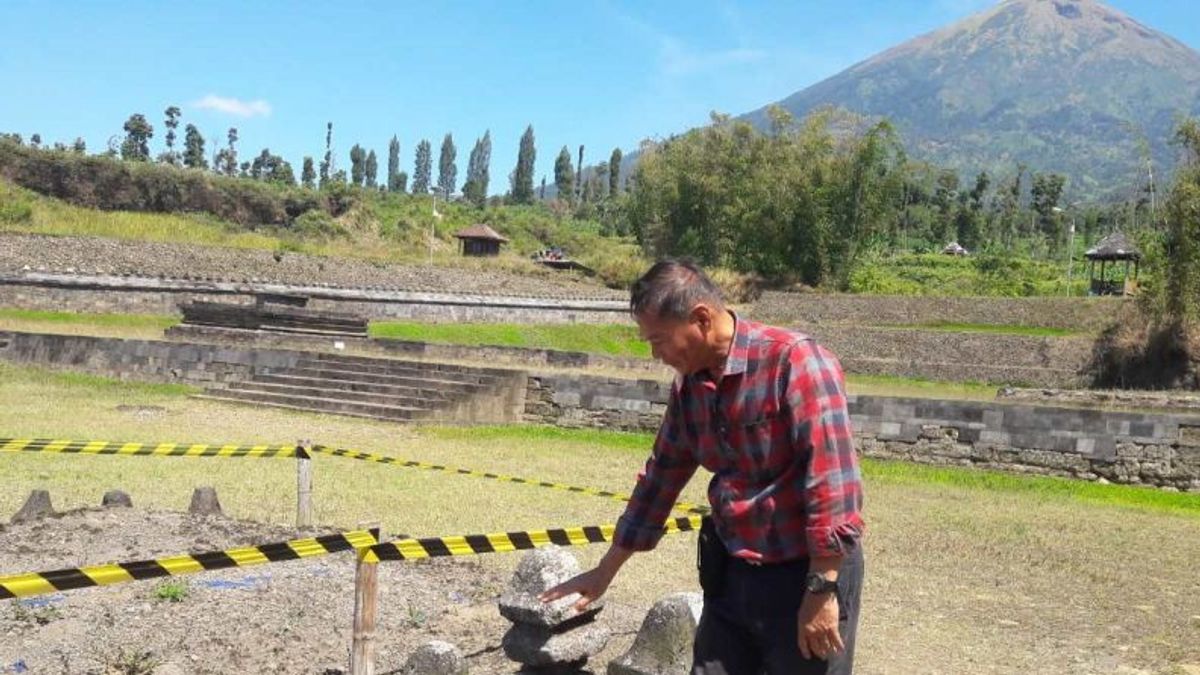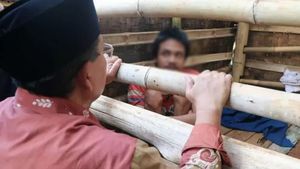JATENG - The Liyangan site on the slopes of Mount Sindoro, Temanggung Regency in Central Java (Central Java) is prepared to become a national cultural heritage.
This was said by Senior Archaeologists of the National Cultural Heritage Expert Team Junus Satrio Atmodjo. He said the Liyangan Site had valuable information.
"We were given a special task to prepare this site to become a national level. Even though it is in Temanggung Regency, because it has important value, we tend to raise it to the national level," he said in Temanggung, Central Java, Tuesday, July 1, which was confiscated by Antara.
According to Junus, the Liyangan Site is valuable because of its history. As a simple example at the location of the stone terrace and there is a remnant of the temple containing the history of the civilization behind it.
"So we want to know actually what caused this area to be chosen as a sacred or religious area until people in the VII-IX century built this complex, of course they have a strong reason to be associated with the belief system at that time, especially Hinduism which is in nature in the worship of the Shawa Gods," he said.
According to him, this was shown by the discovery of many lingga and Yoni and there were small statues of nanonuts even though they were damaged. This strengthens that the Hindu Shiwa religion is praised here.
"Behind that, we are talking about Javanese civilization which is always depicted with Borobudur and Prambanan in lowland areas rich in rice and all kinds of fertile areas, many people can make big buildings," he said.
SEE ALSO:
He said that it turned out that on the slopes of Mount Sindoro, the remains of a large building in a large complex were also found, meaning that there used to be quite a lot of people here.
"From the findings obtained so far, it shows that there is a strong connection with China, there are ceramics averaged the VIII-IX century, but among the goods from China also found broken glass coming from the Middle East," he said.
This shows that there is already a relationship between the outer maritime world and the residents in mountainous areas. "This is interesting for archaeological and historical studies, how there used to be a connection between coastal civilizations, lowland civilizations and mountains," he said.
He said the activities of the National Cultural Heritage Expert Team here check the limits of the area to be proposed as a national cultural heritage.
"There must be limits, which ones will be conserved and not conserved. Our job is to check everything. There are many residences here and where the distribution is, then if it is protected what the boundaries are," he said.
In terms of boundaries, he said, it would use road boundaries, land ownership limits, river boundaries, and administrative boundaries as consideration, but also archaeological boundaries.
The English, Chinese, Japanese, Arabic, and French versions are automatically generated by the AI. So there may still be inaccuracies in translating, please always see Indonesian as our main language. (system supported by DigitalSiber.id)


















